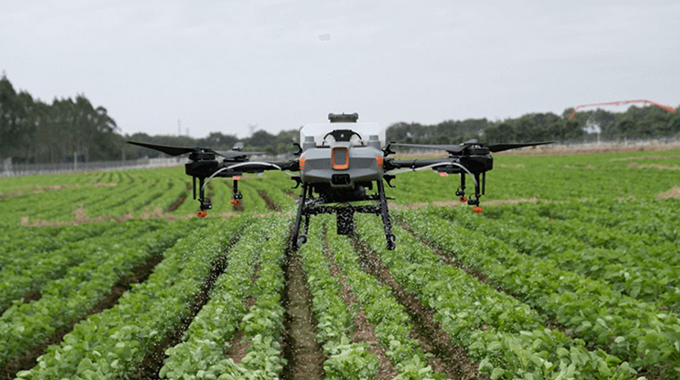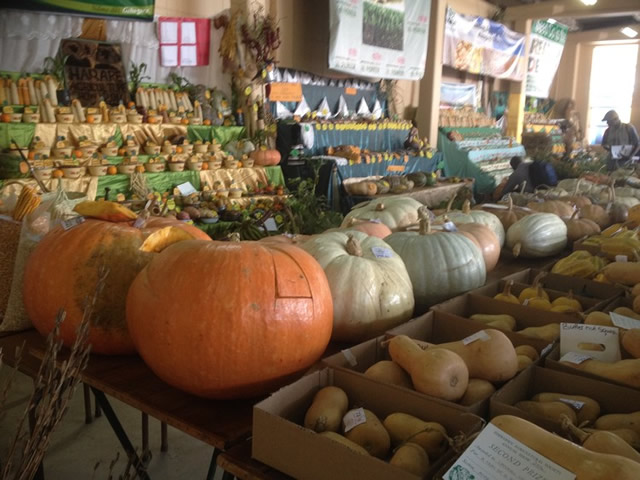Private sector embraces push to modernise agriculture

Elton Manguwo
IN a move demonstrating a positive reception to Government’s call for the modernisation of agriculture, some players in the farming industry have since set in motion various technological and research programmes to support the idea.
This has seen some companies introducing drones for use by farmers for data gathering in the push to boost precision agriculture that is expected to increase yields by at least five percent. The use of drones will not be restricted to data mobilisation only but will even extend to spraying chemicals and many other activities.
“The use of drones is in line with the Ministry of Lands, Agriculture, Fisheries, Water and Rural Development’s mission to facilitate the growth of a modern and viable climate smart agricultural sector with ultra-low targeted drone spraying meant to reduce the volume of pesticide use,” operations manager for Afrostein Farmtech, Mr Onward Marumira said recently.
Mr Marumira stressed that the use of drones boosted profit margins for farmers while protecting the environment and saving people from inhaling hazardous chemicals compared to traditional methods of chemical spraying, which can be hazardous to both.
“Drones are fast and efficient, he said, adding that one drone could take just 10 minutes to spray one hectare of land.
“The drone is fed with information on swath pathways, which allows them to follow a pre-determined path,” concurred Farm-Buzz Agriculture Solutions chief executive officer Mr Anesu Mapisa.
He added that drone usage was safer than using knapsack sprayers.
Drones are able to provide accurate field mapping, including bird eye elevation data that allows growers to pick out any irregularities or inconsistencies in the field such as wet and dry spots. Mapping by drones is useful in determining drainage patterns and wet and dry spots, which allows for more efficient watering techniques.
The equipping of drones with special imaging equipment — normalised difference vegetation index (NDV1) aids in scouting and monitoring plant health.
“These unmanned aerial vehicles take data pictures, which we can further analyse thus laying the ground work for early spotting of problems as crops grow,” further explained Mr Mapisa while stressing on the need for early detection of problems in plants.
On the one hand, multi-rotor drones fitted with thermal detection and imaging capabilities drones can be used in livestock farming to can monitor movement, perform head counts and most importantly to locate stray cattle and detecting sick and injured animals.
One company, Alley Capital Group, which assembles drones is even going the extra mile by customising the gadgets to suit the African landscape and specific needs of different farmers.
The company is currently working with horticulture farmers although those under the small-scale category are still a bit sceptical about the technology’s effectiveness with others finding it expensive, its group operations manager …observed.
The Civil Aviation Authority of Zimbabwe (CAAZ) has since provided a standardised framework regulating the use of the drone technology. Citizens who want to fly them must obtain a letter of approval from the regulatory board.
The use of drone artificial technology will become ever-present on large and small scale farms in a few years as early adopters such as South Korea are using drones for 30 percent of their irrigation.
And with the Zimbabwean population continuing to grow at a staggering rate of 1, 54 percent per year on the backdrop of unprecedented disruptions in the global value chain there are growing calls for more agricultural produce to be churned into the market, hence the need for improved levels of productivity.









Comments